Japanese maples are beautiful trees. They have lovely leaves. They can change colors in fall. Cutting back these trees is important. It helps them grow better. This article explains how to cut back Japanese maples. We will cover when, how, and why to do it.
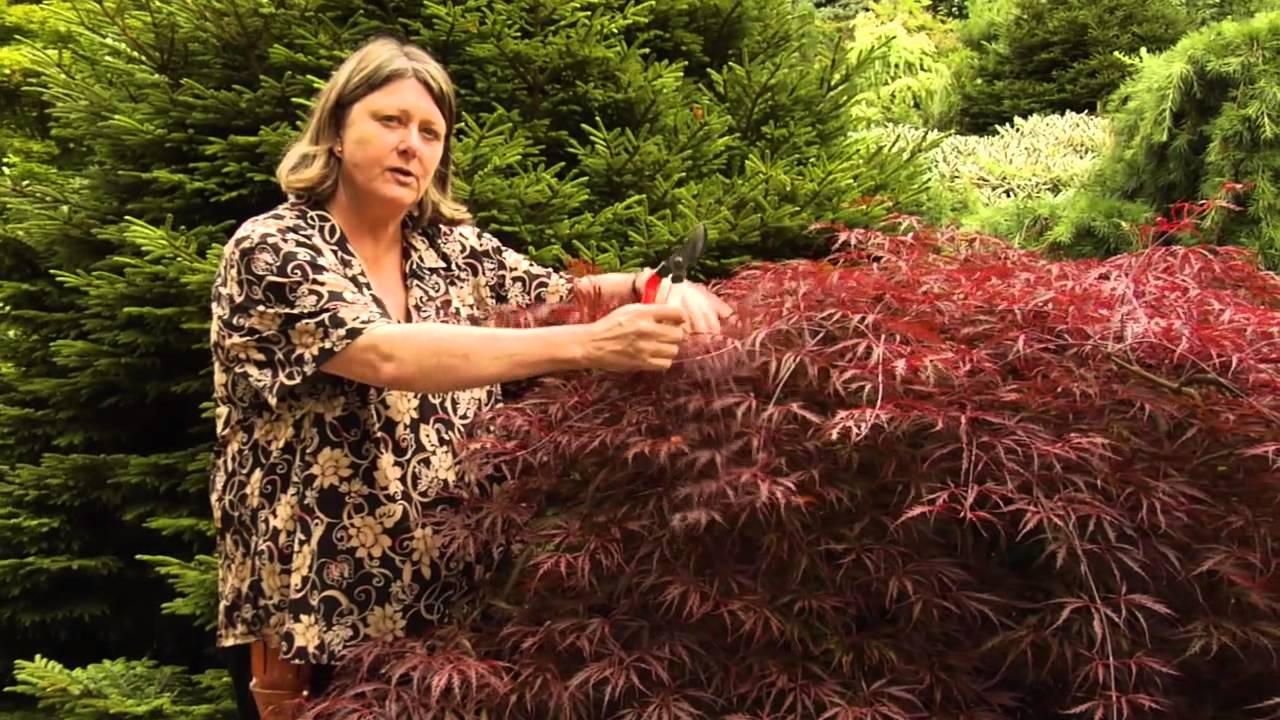
Credit: www.youtube.com
Why Cut Back Japanese Maple?
Cutting back a Japanese maple has many benefits. Here are some reasons:
- Health: It removes dead or sick branches.
- Shape: It helps the tree look nice.
- Growth: It encourages new growth.
- Sunlight: It allows sunlight to reach the tree.
These reasons show why cutting back is good. A healthy tree is a happy tree.
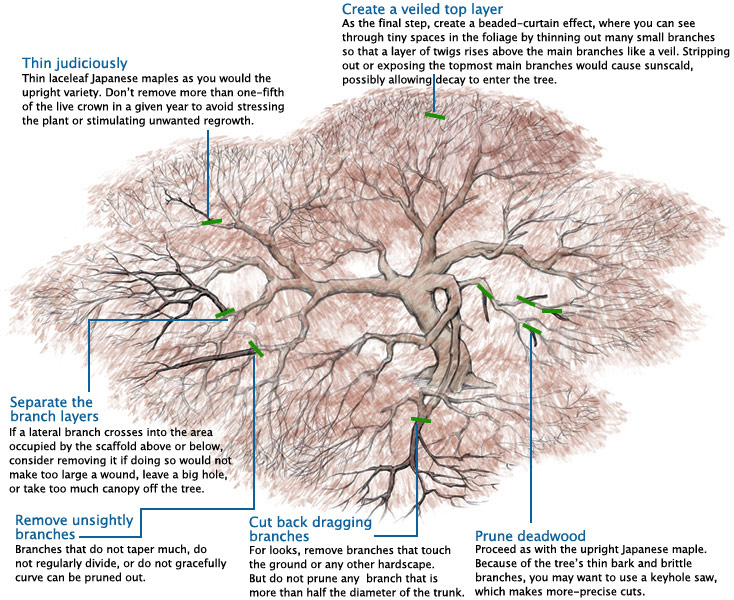
Credit: www.finegardening.com
When to Cut Back Japanese Maple
Timing is important when cutting back a Japanese maple. The best time to do it is in late winter or early spring. This is when the tree is still sleeping. Cutting it back then helps the tree heal quickly.
Avoid cutting back in late fall. The tree is preparing for winter. Cutting it during this time can stress it. Also, do not cut it during summer. The tree is busy growing leaves. Cutting it can harm the tree.
How to Cut Back Japanese Maple
Now let’s look at how to cut back a Japanese maple. Follow these steps:
1. Gather Your Tools
Before you start, you need some tools:
- Pruning Shears: Good for small branches.
- Loppers: Use for thicker branches.
- Saw: Needed for very thick branches.
- Gloves: Protect your hands.
- Disinfectant: Keep your tools clean.
Make sure your tools are sharp. Sharp tools make clean cuts. Clean cuts heal faster.
2. Look At The Tree
Take a moment to look at your tree. Check for:
- Dead branches
- Sick branches
- Crossing branches
These branches need to go. They can hurt the tree. Focus on areas that look crowded.
3. Start Cutting
Now it’s time to cut. Follow these tips:
- Cut at a 45-degree angle. This helps water run off.
- Make cuts close to the trunk. Leave a small collar.
- Do not cut more than 20% of the tree. This keeps it healthy.
Start with dead branches. Then move to sick and crossing branches. Be careful not to cut too much.
4. Clean Up
After you finish cutting, clean up the area. Remove all the cut branches. This helps keep pests away. Also, disinfect your tools. This prevents spreading any diseases.
How Much to Cut Back
Knowing how much to cut is very important. Cutting too much can hurt the tree. Here are some general rules:
- For young trees, cut back lightly.
- For older trees, remove dead or crossing branches.
- Do not remove more than 20% of the tree each year.
Remember, less is more. Cutting too much can stress the tree.
Aftercare for Your Japanese Maple
After cutting back your Japanese maple, it needs care. Here’s what to do:
- Water: Give it enough water. This helps it heal.
- Mulch: Add mulch around the base. It keeps moisture in.
- Fertilizer: Use a slow-release fertilizer. This gives it nutrients.
These steps help your tree recover. A little care goes a long way.
Signs Your Tree Needs Cutting
Sometimes, it is hard to know when to cut back. Here are some signs:
- Leaves are smaller than normal.
- Branches look crowded.
- Dead branches are present.
If you see these signs, it is time to cut back. A healthy tree is always important.
Common Mistakes to Avoid
Here are some common mistakes to avoid:
- Cutting too much at once.
- Not using clean tools.
- Cutting during the wrong season.
Avoid these mistakes. They can harm your tree.
Conclusion
Cutting back a Japanese maple is important. It keeps the tree healthy and beautiful. Remember to do it at the right time. Use the right tools. Follow the steps we discussed. Your tree will thank you for it.
With good care, your Japanese maple will thrive. You will enjoy its beauty for many years. Happy pruning!

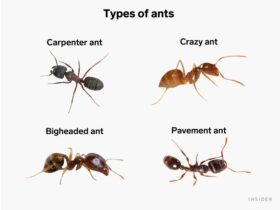
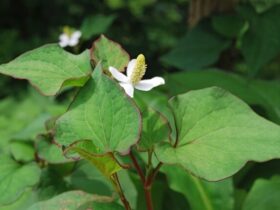
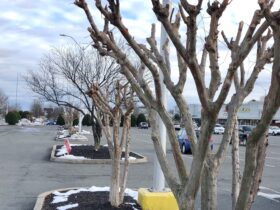

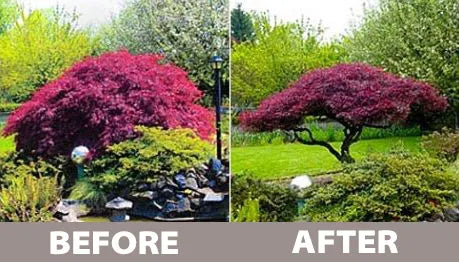



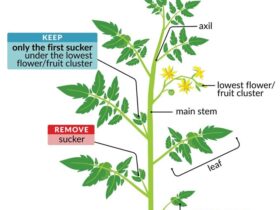
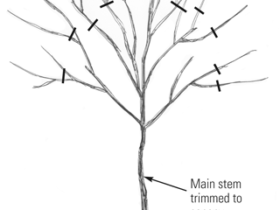

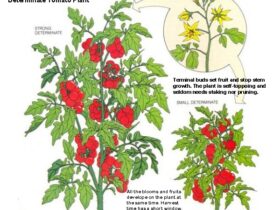
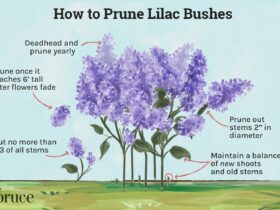
Leave a Review